I've spent 6 weeks of my life on Guam and am convinced it's the most underrated tourist destination in the US
The island of Guam is a US territory in the Pacific seeking more US tourists.
I've spent six weeks in Guam, visiting my CHamoru family and exploring the island.
Its unique attractions, marine preserves, and rich culture make Guam a hidden gem destination.
Throughout my life, I've probably spent more time in Guam than any other destination in the world. The primary reason I've spent a total of six weeks on the Pacific island is that I have more family there than anywhere else on Earth.
Guam is a US territory in Oceania that has long been overlooked by American tourists. Travel search site Skyscanner reported in 2018 that few Americans plan trips to this destination. And growing up in the US, I rarely met people who'd even heard of the island.
Guam is actively seeking more US tourists in 2024 to boost its economy, the Guam Daily Post reported in December 2023.
As the largest island of the Mariana Islands, Guam's rich culture and adventure-friendly terrain make it one of the most underrated travel destinations in the US.
The indigenous people of Guam are CHamoru. I'm half CHamoru, and most of my CHamoru family lives on Guam.
When I visit them, we go on adventures all over the island and surrounding waters. These photos of tropical jungles, coral reefs, and some of the most culturally rich destinations Guam offers will show why it should be No. 1 on everyone's travel bucket list.
Guam's slogan is "Where America's day begins" because it is — literally.
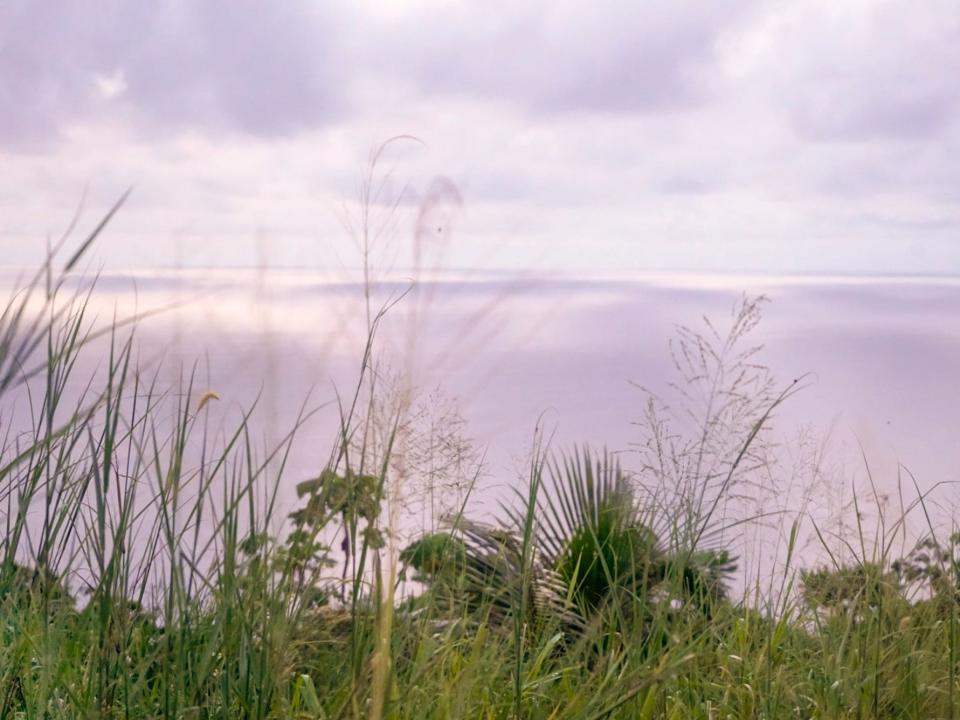
Guam is an American territory west of the International Date Line. So it's the first place in America that experiences a new day each day, according to Guampedia.
Guam is in the North Pacific Ocean.
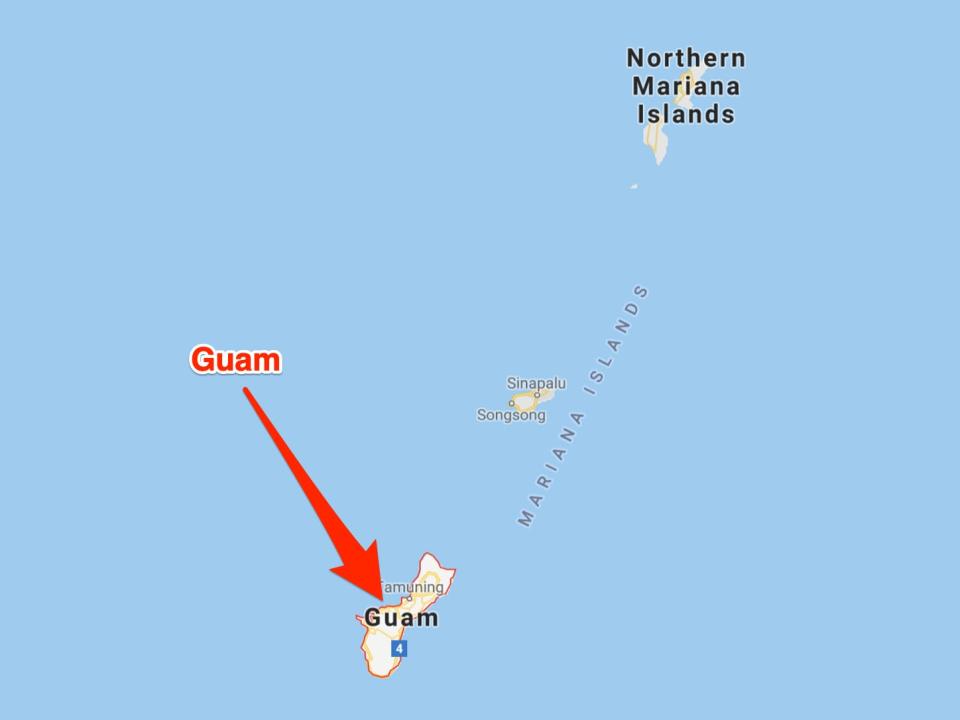
It's the largest and southernmost island in the Mariana Islands archipelago, according to CIA World Fact Book.
When I visited my family on Guam, I flew from the contiguous US by connecting through either Honolulu, Hawaii, or Tokyo, Japan.
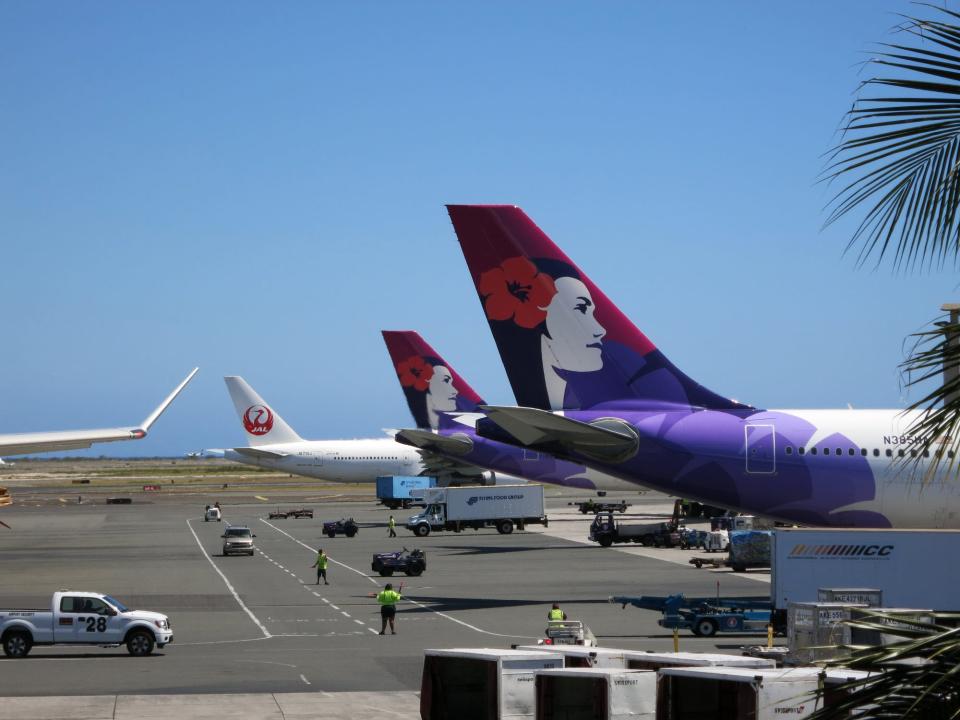
Guam is actually much closer to Japan than any US state. It takes less than four hours to fly there nonstop from Tokyo but almost eight hours nonstop from Honolulu.
Guam only has two seasons — wet and dry — and it has a tropical marine climate.
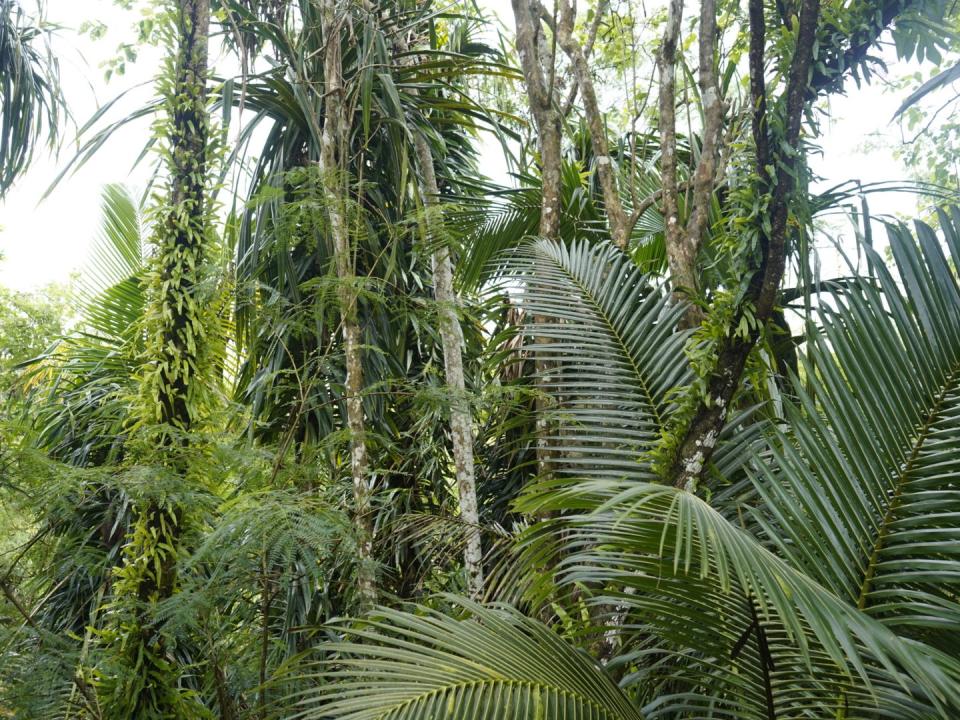
The dry season is from January to June, and the rainy season is from July to December. The temperature stays around 80 degrees all the time.
The warm weather is perfect for swimming. Guam is surrounded by coral reefs.
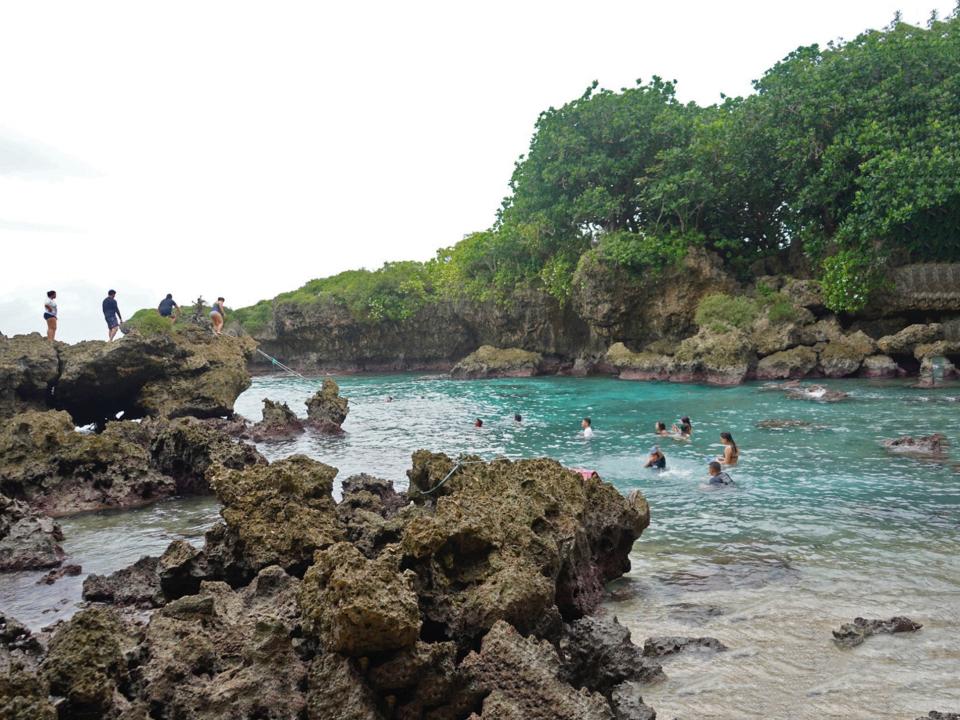
The island has five protected marine preserves.
On the western shore of Guam in a village called Piti, the Guam Seawalker Tours offer a unique underwater adventure.
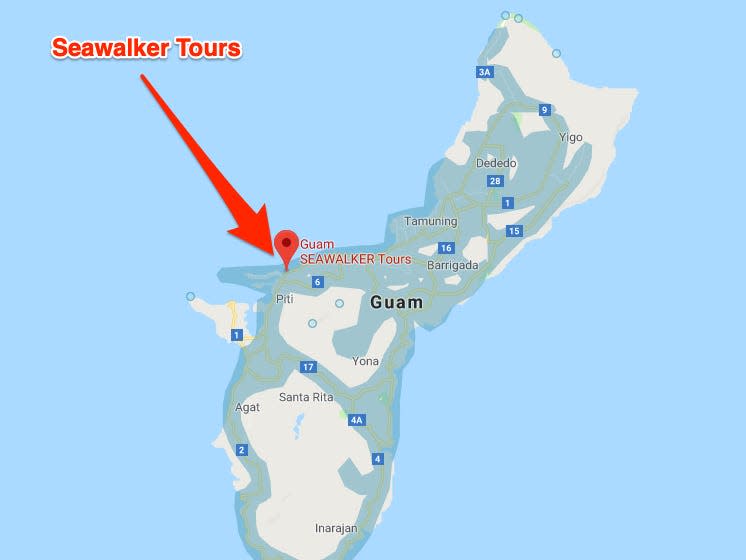
Guam Seawalker is in a marine preserve called Piti Bomb Holes.
This tour takes people to the seafloor to see schools of fish, complete with a Sandy-Cheeks-like helmet straight out of "Spongebob Squarepants."
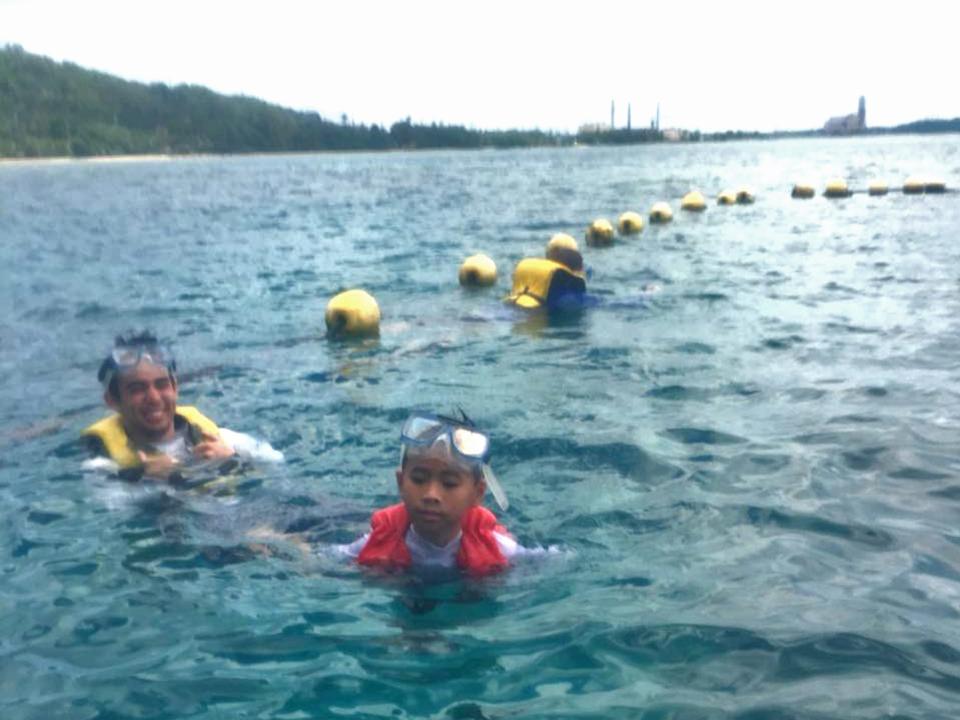
Professional divers take each patron down to the seafloor using a ladder that is attached to a small boat. Then, for 25 minutes, divers guide patrons around the seafloor using an installed railing for balance.
The air pressure underwater makes it feel like you're on an airplane. It's slightly uncomfortable, but breathing underwater makes the experience feel like a reverse aquarium.
While waiting for other groups to do their tours, visitors can snorkel in a designated area on the side of the boat.
Seawalker Tour provides life jackets, snorkels, and goggles. I think this tour is one of the most unique things I've ever done, and other visitors agree.
"We were surrounded by so many different kinds of beautiful fish and corals," one Trip Advisor review said. "I've lived on the island all my life and visit the beach often, but this was a completely new experience that was great to share with family. It is a great activity for both tourists and locals."
But if hanging out underwater isn't really your thing, there's still plenty to do on Guam, like a hike through its tropical jungles.
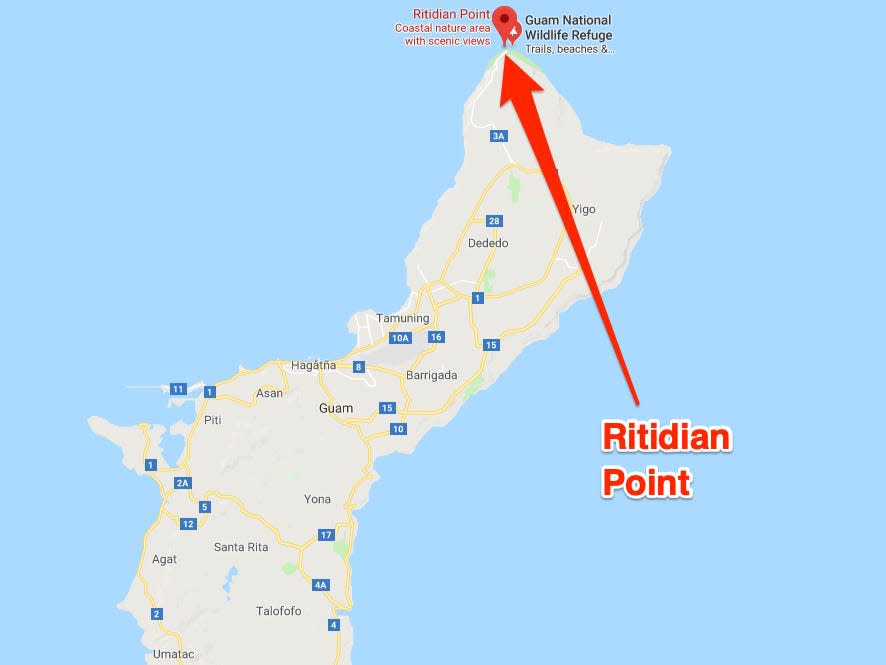
I recommend Ritidian Point, which is on the northern tip of Guam in a village called Yigo.
It used to be an ancient CHamoru village, but now Ritidian is a wildlife refuge.
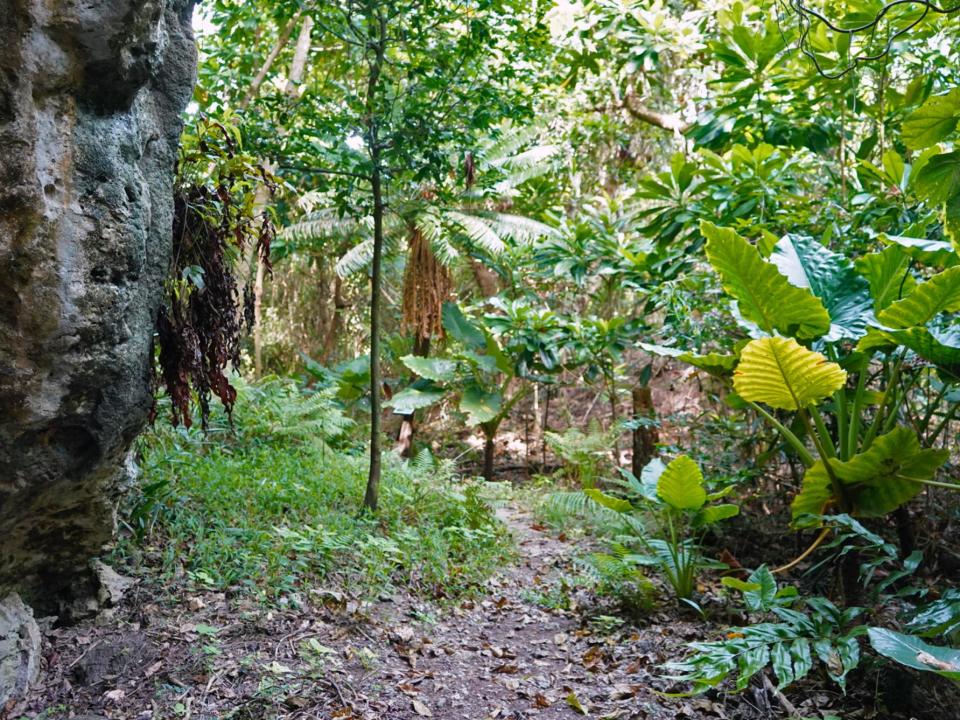
The refuge includes 1,217 acres of land and 371 acres of coral reefs, according to the US Fish and Wildlife Service.
Aside from snails, lizards, and fruit bats, Ritidian is known for its archaeological significance.
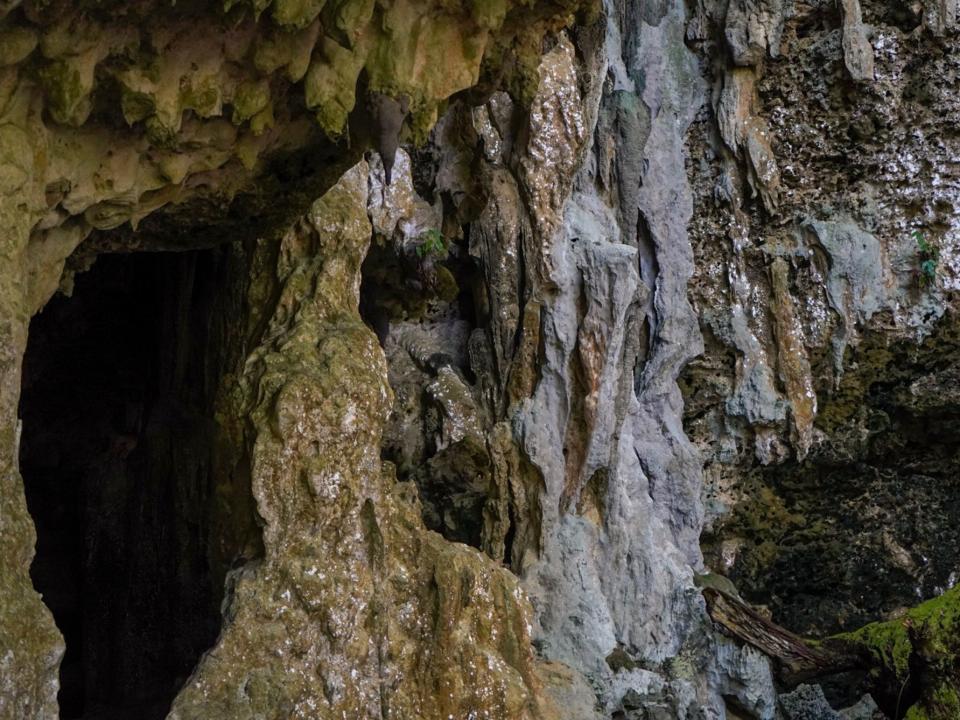
The caves in Ritidian have some ancient rock art, or pictographs, in them. The art is very difficult to preserve because of high humidity and mold growth, according to Guampedia.
Archaeological studies suggest that the first CHamoru people settled on Guam nearly 4,000 years ago, according to Guampedia.
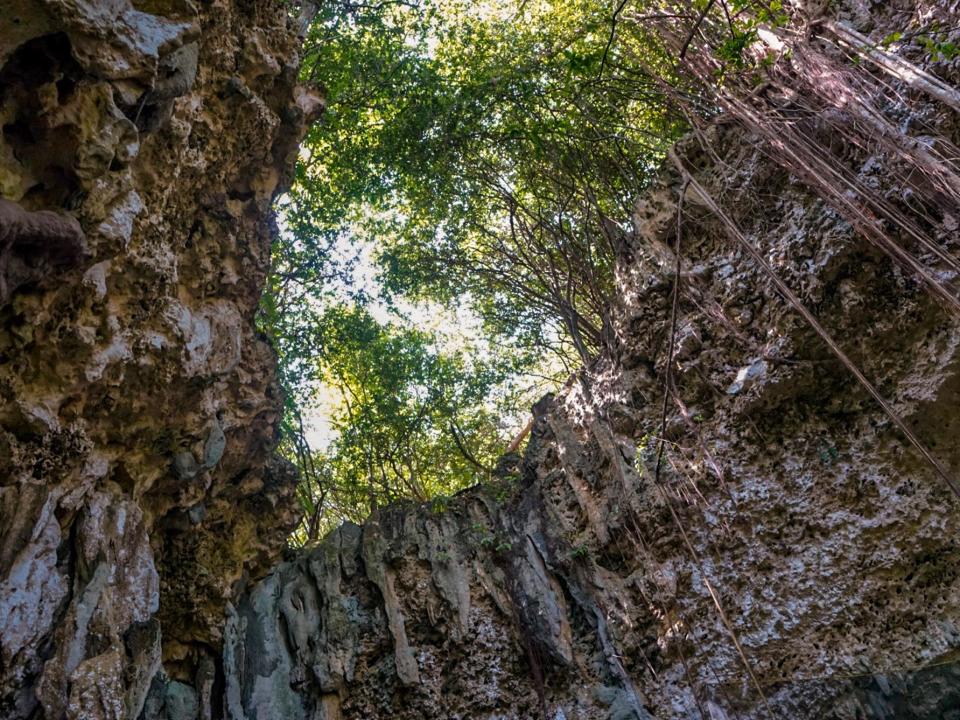
Archeologists have found signs of ancient tools, food prep, and storage, according to Guampedia.
I went to Ritidian on the first day of my summer 2018 trip to Guam.
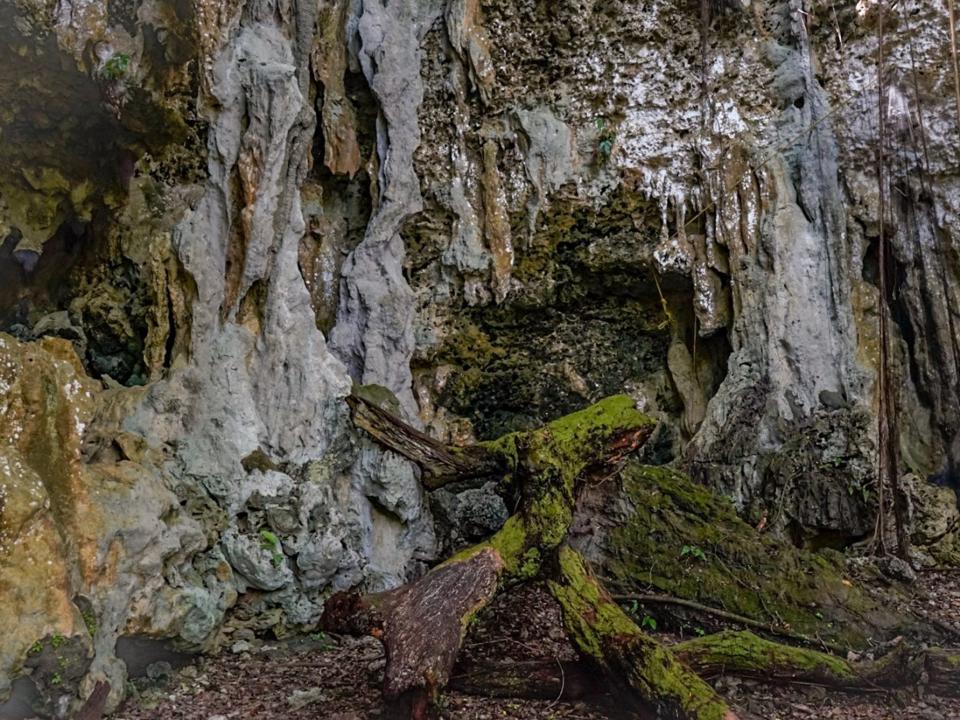
I was still feeling sick from the plane journey, but my mother told me I couldn't vomit on these lands because they were sacred.
Many CHamoru people, including my family, believe that Taotaomo'na — the spirits of the "people before" — reside in Ritidian.
It is widely believed that if you don't respect the land, Taotaomo'na can pinch and scratch people in their sleep and make them physically ill. Needless to say, I kept my mouth closed until we left Ritidian.
For another historically informative adventure, you can also visit the Valley of the Latte Adventure Park.
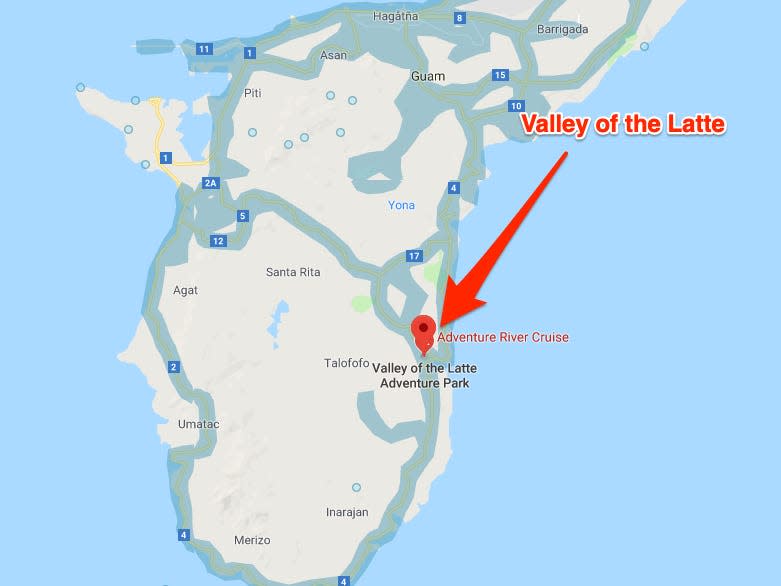
Valley of the Latte is on the south side of Guam in a village called Talofofo.
Tour guides take visitors to the valley by boat, but you can take a kayak or a paddleboat if you are feeling more adventurous.
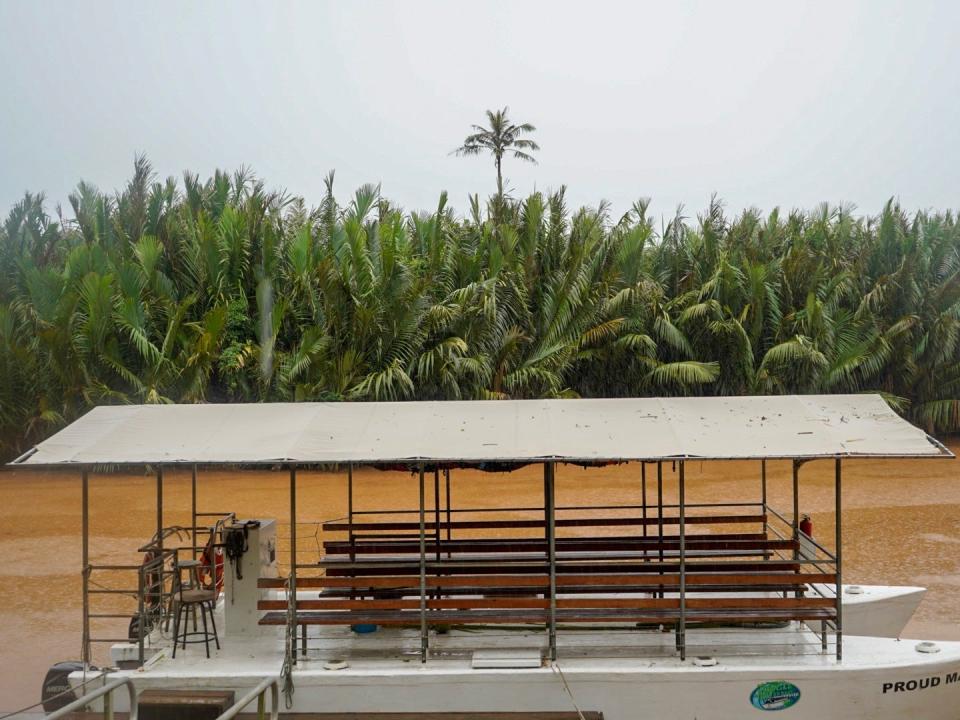
When traveling through the Talofofo and Ugum Rivers, patrons can see wildlife in and around the river.
The river supports wildlife in the area, including mangrove crabs, tilapia, catfish, mangrove snappers, trout, perch, shrimp, and halfbeaks.
Once at the site, patrons can see how ancient CHamoru people lived in the Talofofo River Valley over 3,000 years ago.
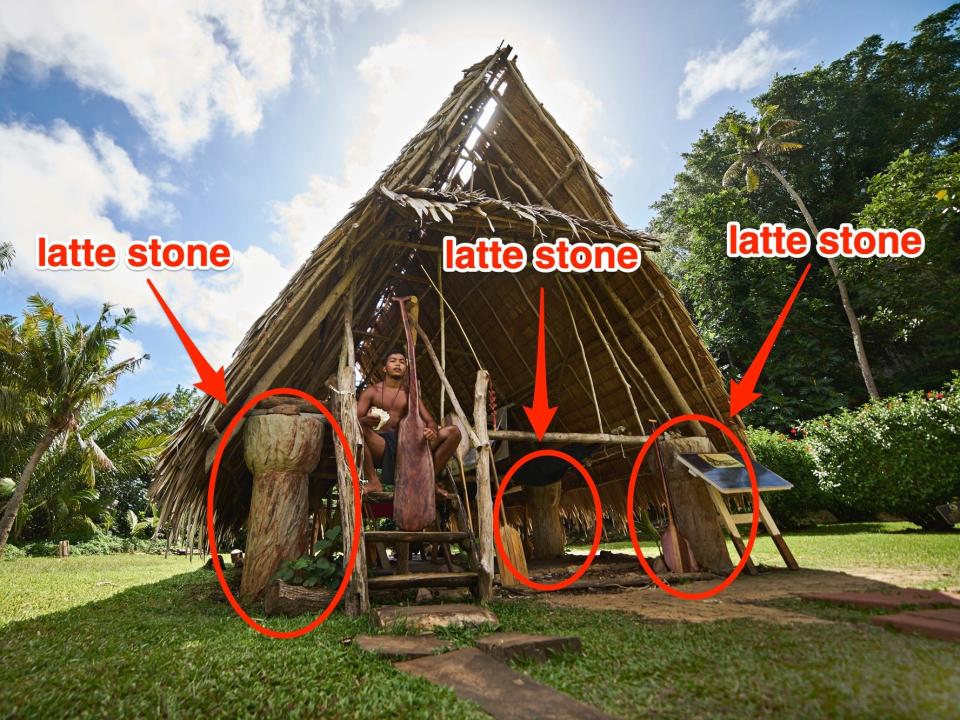
This is a traditional CHamoru home. It's supported by latte stones, a type of pillar used by the ancient CHamoru people featuring a tall column and a hemispherical stone on top.
Visitors can walk through the home and picture what it would be like to live inside one of these huts.
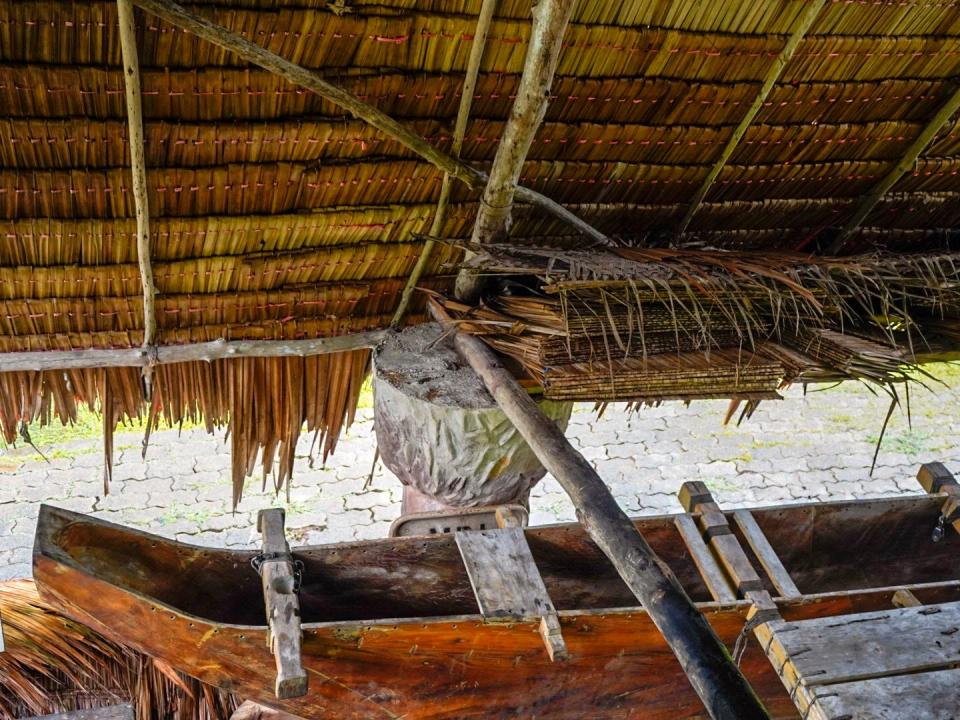
"The presence of our ancestors can be seen and felt as people tour the river and grounds," Valley of the Latte CEO Daniel Tydingco told Business Insider in 2019.
The rest of the tour is a combination of exploration and demonstrations.

Visitors can gather and watch as a tour guide shows them how ancient CHamoru people wove baskets and made fire. The tour is also interactive, and visitors can make fire themselves.
Then, the tour guide gives everyone some time to explore the lands. The valley is home to chickens, caribou, lizards, and wild dogs.
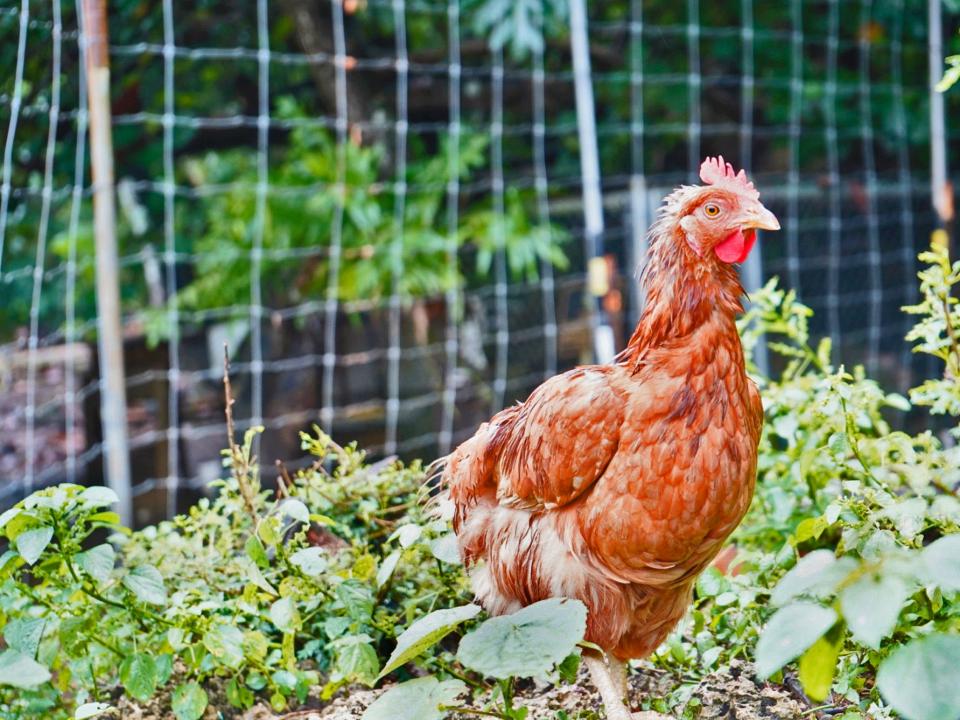
"For our locals, many of them take great pride in being able to visit a place that celebrates our history and culture and are proud to share it with guests that they bring with them," Tydingco told BI.
My family also took me to the Guam Museum in the island's capital.
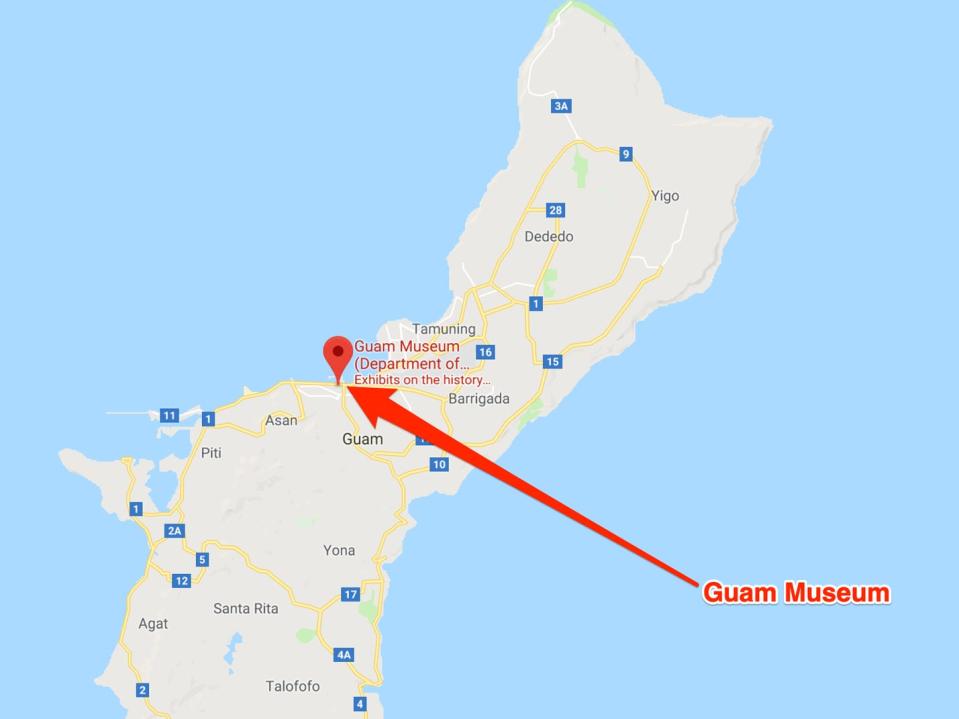
It is a history, culture, and natural science museum located in the island's capital — Hagåtña, according to the company's website.
The Guam Museum has a history of destruction and rebuilding, just like the island of Guam itself.
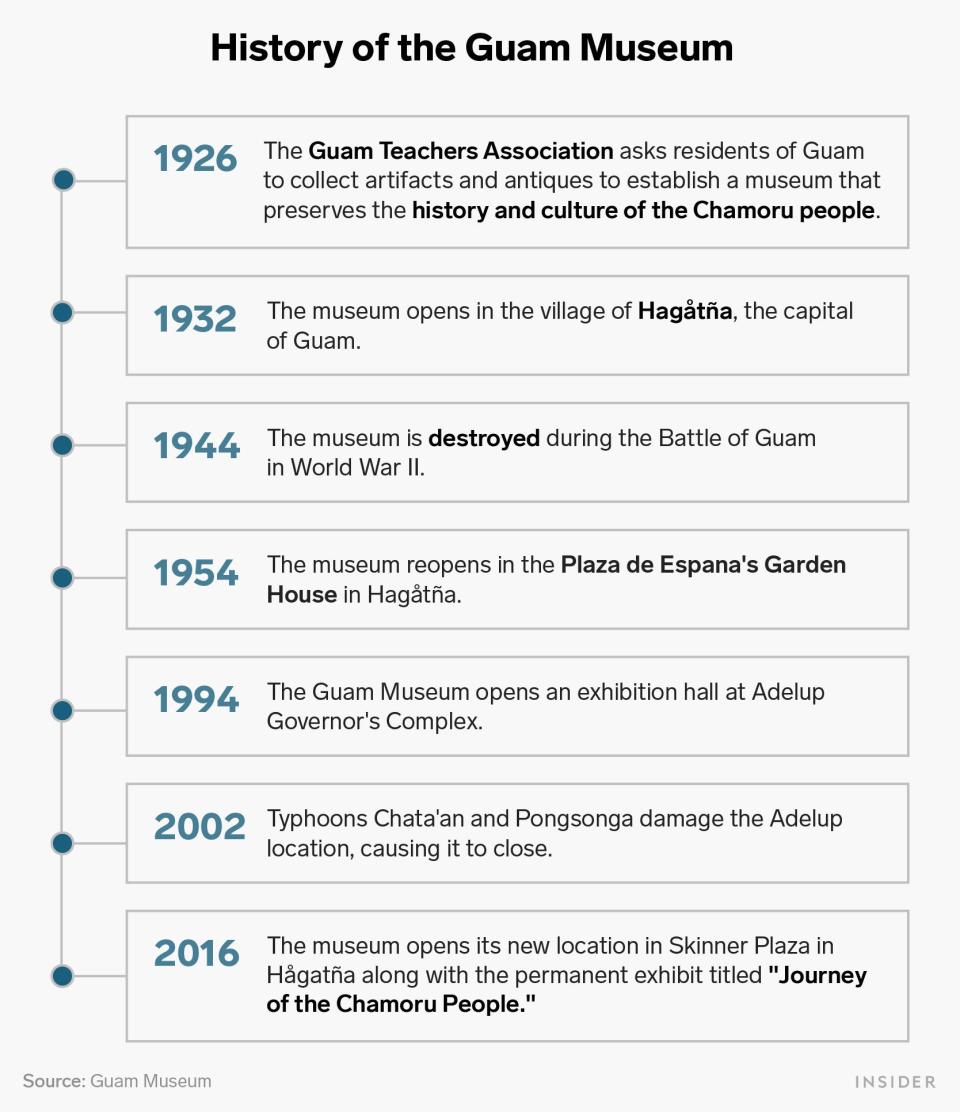
War and natural disasters have damaged previous locations of the museum.
The first thing that stands out about the museum is the building's exterior.
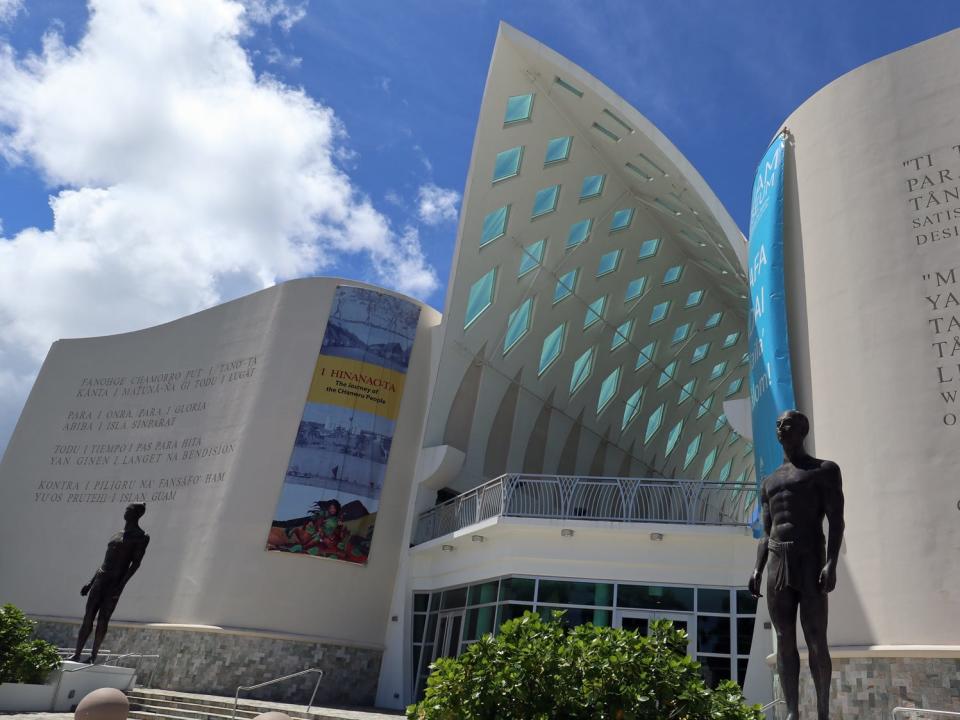
The 65-foot-high arch and other unique characteristics have made the building an icon in Hagåtña.
Museum director Dominica Tolentino told BI that the building's architect was inspired by memories of growing up on Guam.
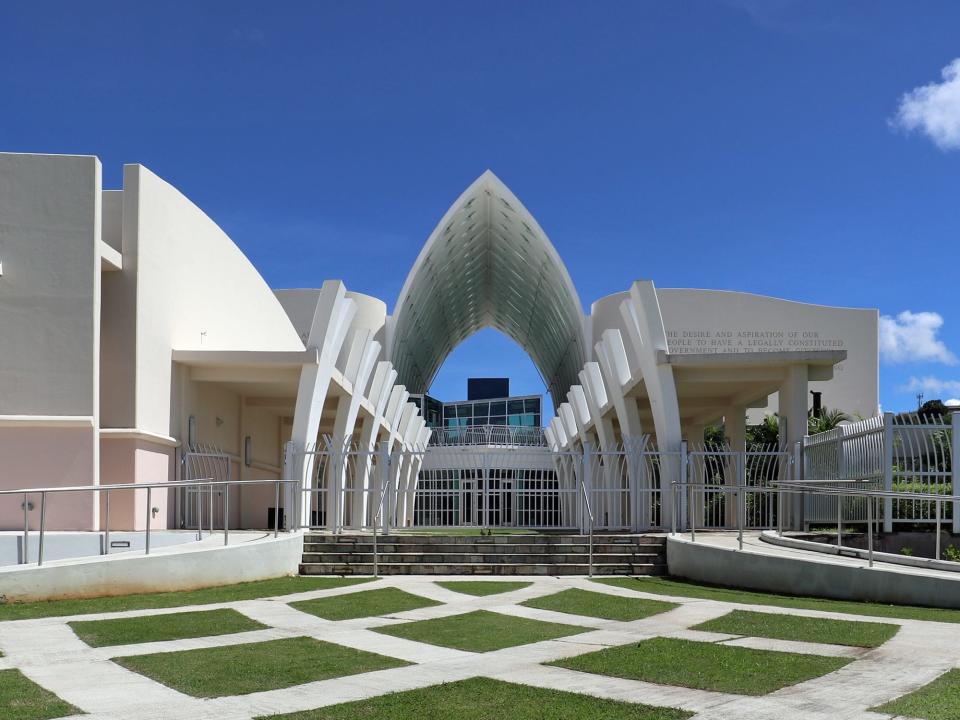
Woven patterns, sling stones, and latte stone elements are included in the design.
This slab of cement on the front of the building resembles a book page.

The words come from an ancient CHamoru chief's speech and lyrics from the Guam Hymn, which is the official territorial anthem of Guam.
But the inside of the museum is even more impressive. It's complete with a permanent exhibition called "I Hinanao-ta Nu I Manaotao Tåno Siha."
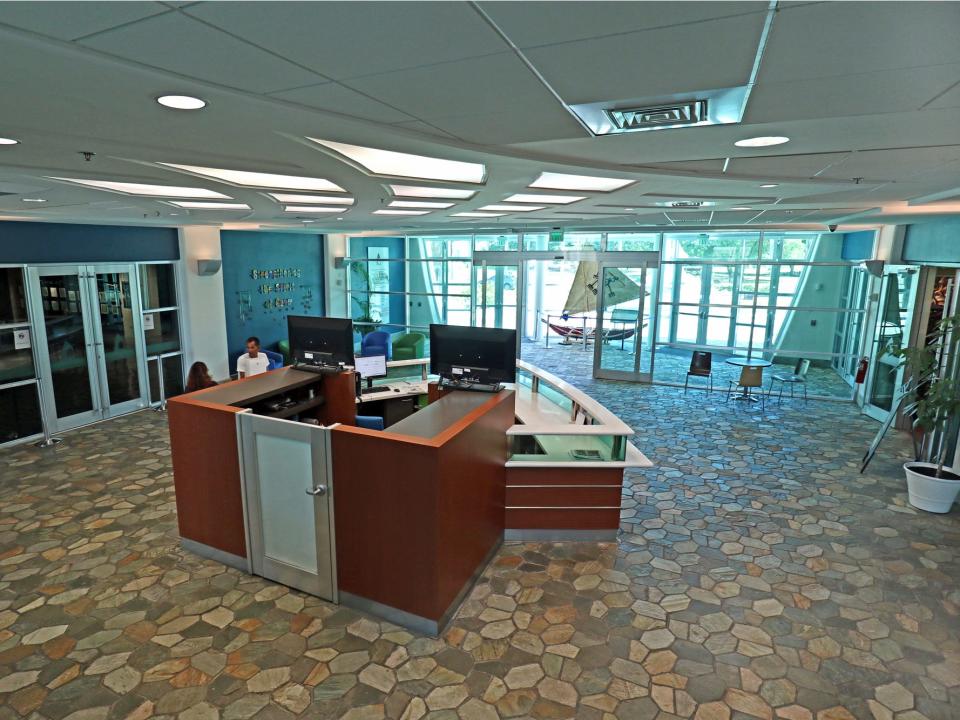
The title translates to "The Journey of the CHamoru People."
The exhibition is 6,200 square feet in total, and it uses technology to make it an interactive and unique experience.
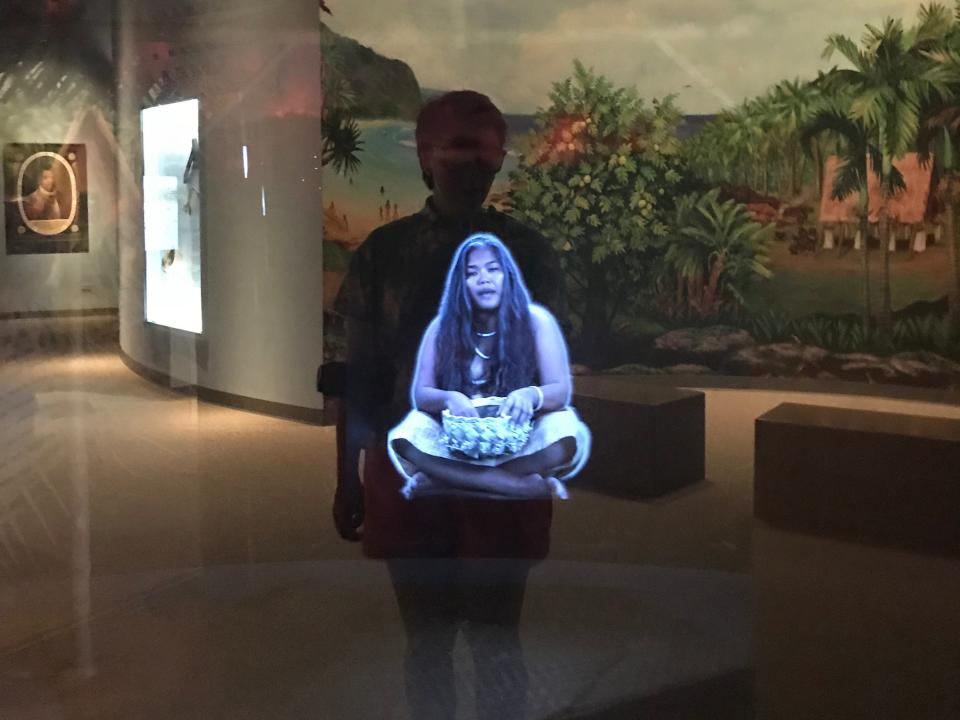
The exhibition is divided into several sections and presents the history of Guam chronologically.
"It is an exciting story about humanity and homeland, our relationship with the land and sea, and it provides a frame of reference for beginning to understand the human interactions that have brought us to where we are today," Tolentino told BI.
The first gallery focuses on the diverse ecology of Guam.
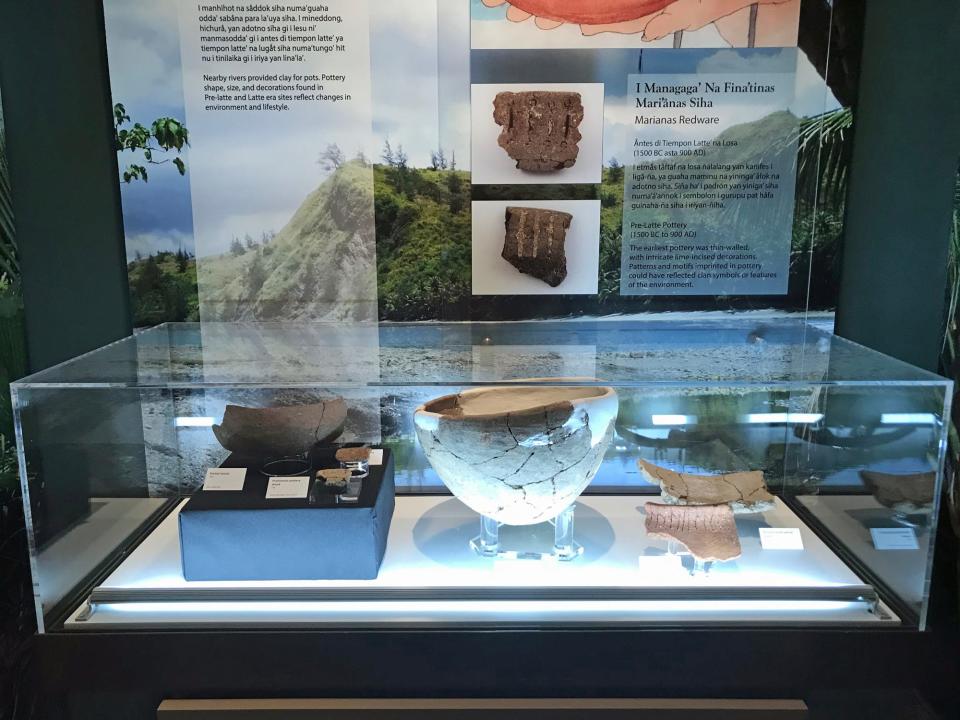
Stone, ceramic, and shell artifacts are presented here.
The next section of the exhibition focuses on the ancient CHamoru culture.
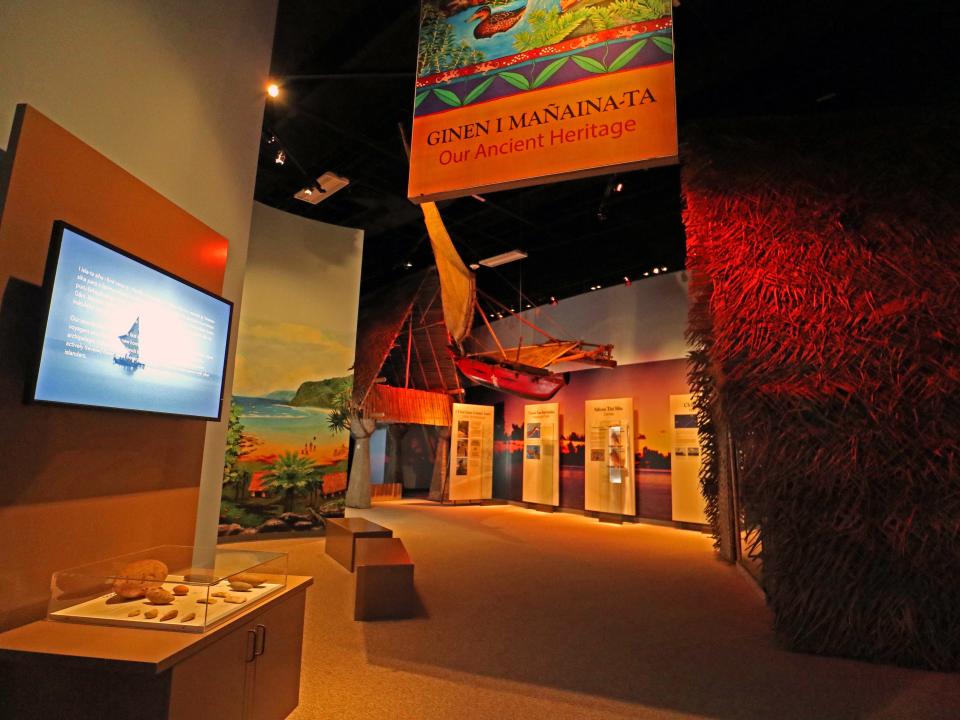
It explores the islanders' ways of life before colonization.
The next section is early colonization.
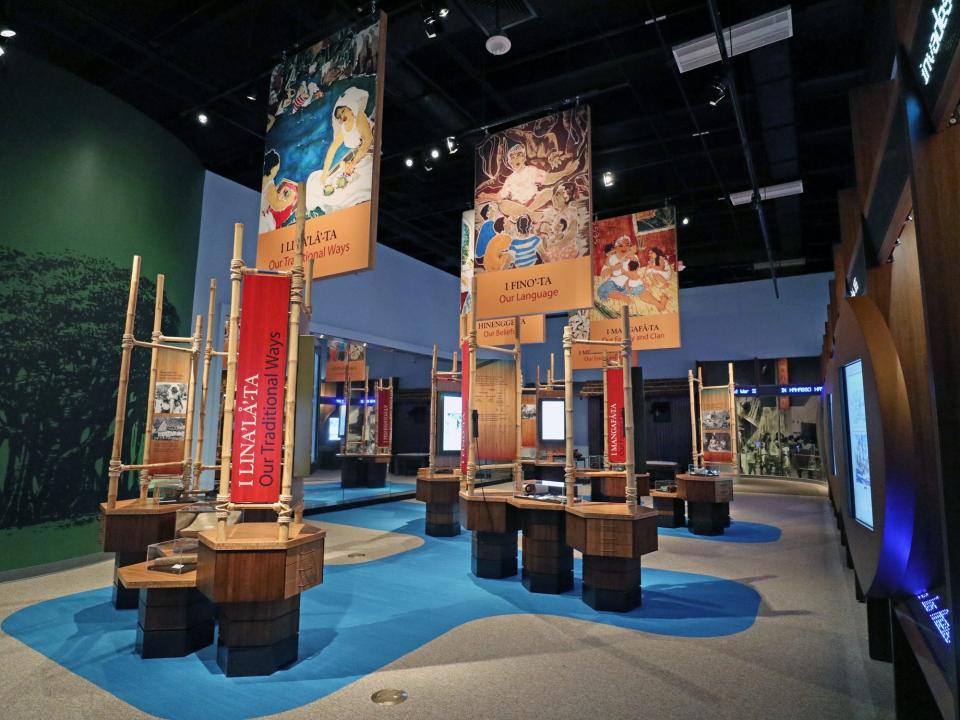
This part begins with Spanish contact and ends with the first American naval administration.
The exhibition then goes into World War II and postwar reconstruction.
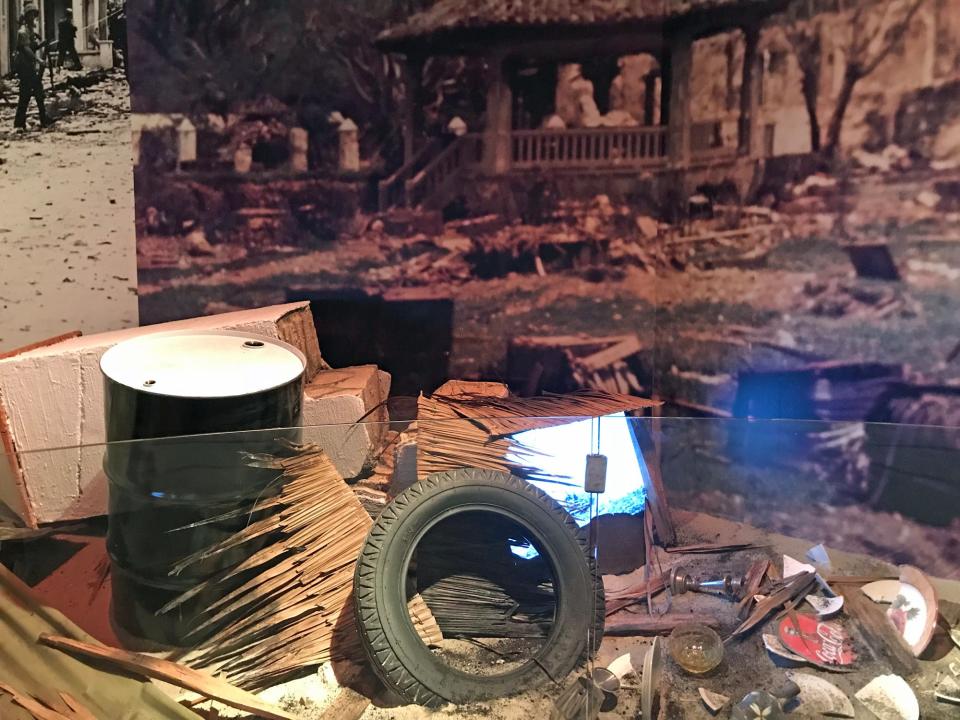
This display is accompanied by sound bites that feature stories by war survivors.
A wall of this exhibit is dedicated to those affected by the war. My cousins and I ran our fingers down the wall and found "Chaco," one of our family's names, on it several times.
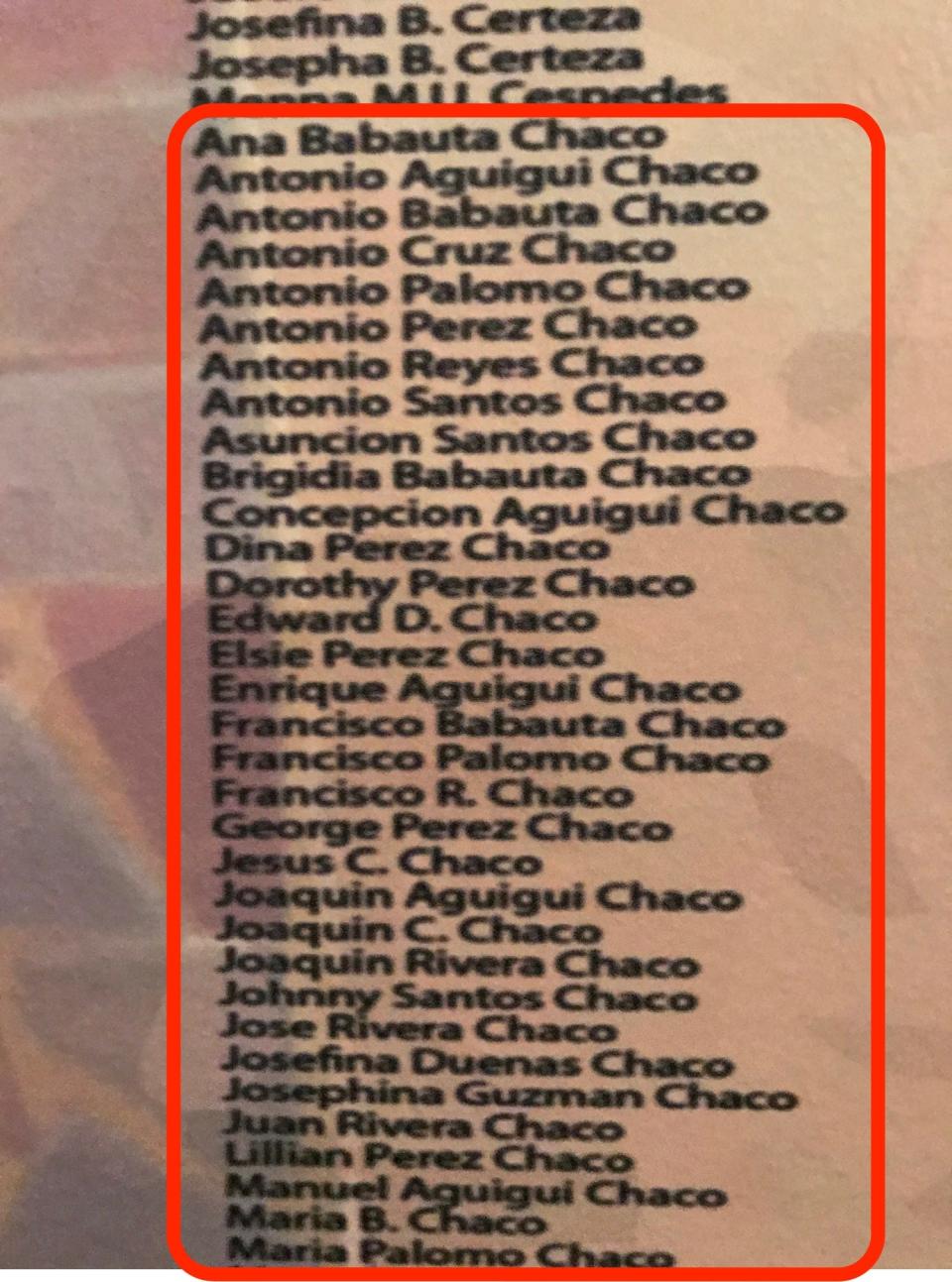
When I found great-grandpa Manuel Chaco's name on the wall, I immediately pictured his aging face as I remembered the story he told me of how he and my great-grandma Josefina Chaco had a baby — Norman — in a concentration camp. Norman Duenas Chaco died in the camp before the war ended.
Finally, the exhibition ends with CHamoru's perspectives on Guam's political status and cultural revitalization.
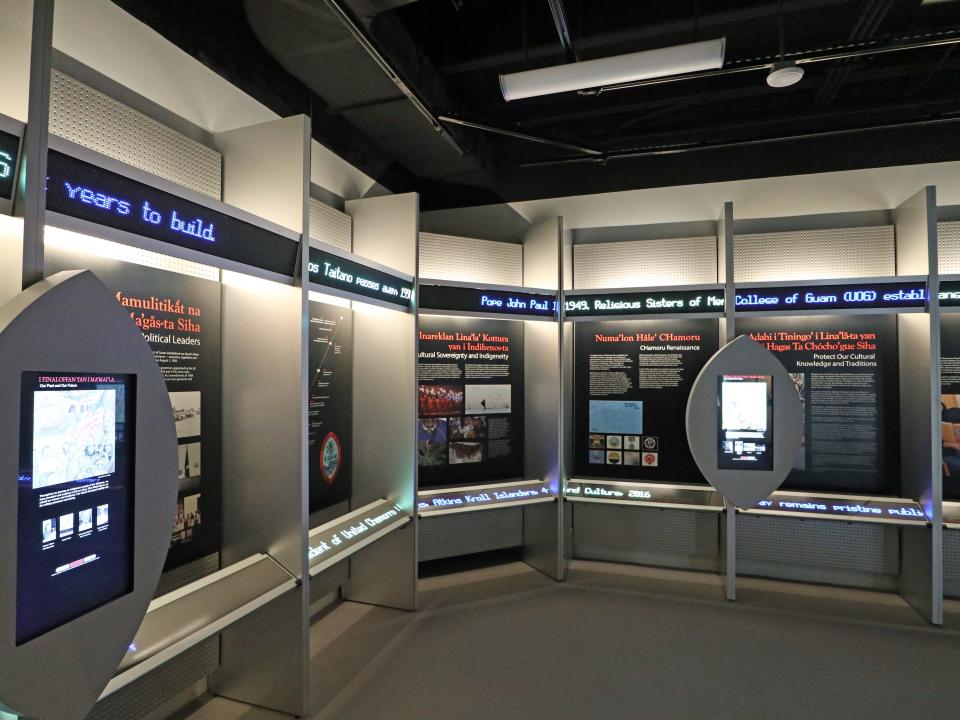
This covers the growth of tourism and the continued militarization of Guam. Most of Guam's tourists come from Asian countries, including Japan, South Korea, China, and Taiwan, according to the Guam Daily Post.
Tourism commercializes Guam, introduces foreign illnesses and diseases, and it's Guam's only driving economic force, Tolentino told BI.
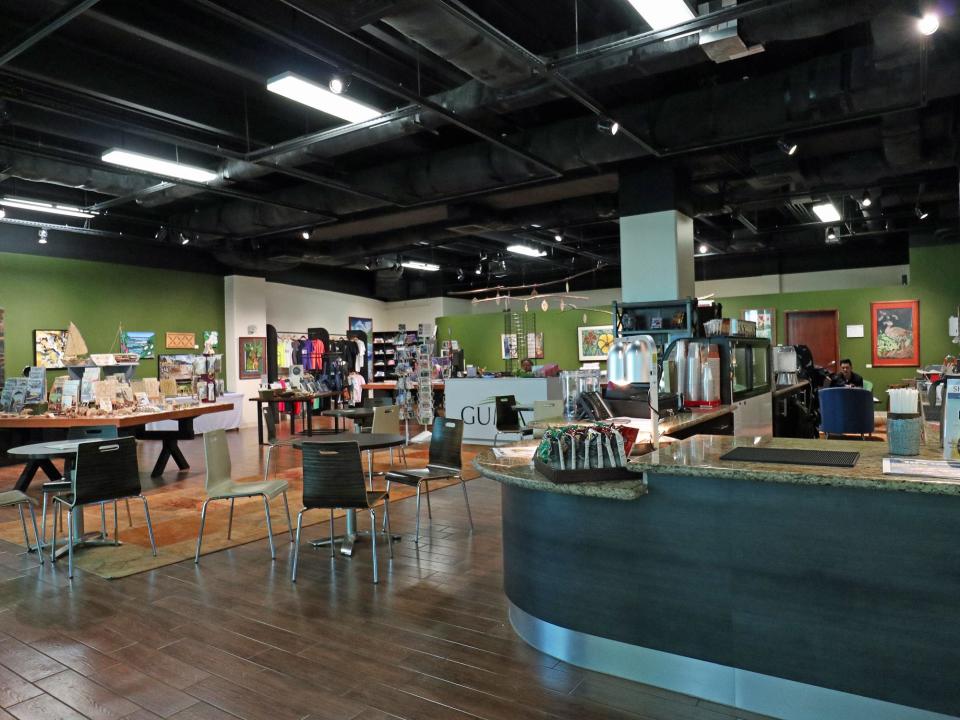
Tourism employs thousands of people and provides growth opportunities for local businesses.
Ultimately, Tolentino believes that the people of Guam will support tourism as long as it does not challenge the community's core family values.
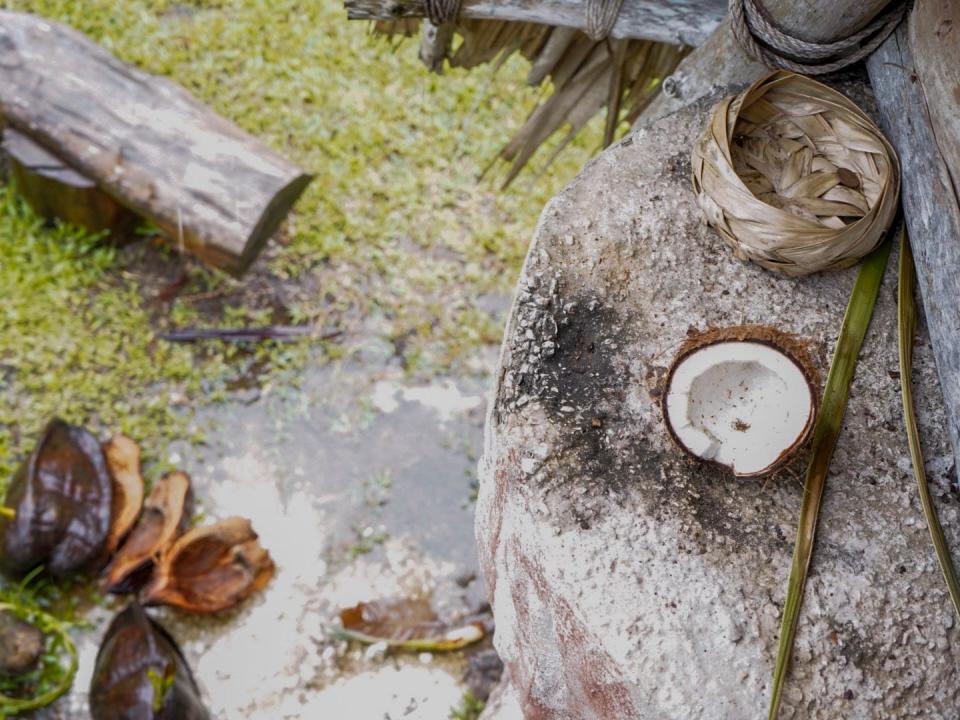
In my experience as a CHamoru, this includes respect, collectivism, and courage. Coming to Guam might give you a sense of these values, too, and that's part of what makes this tourist destination so underrated.
Read the original article on Business Insider

